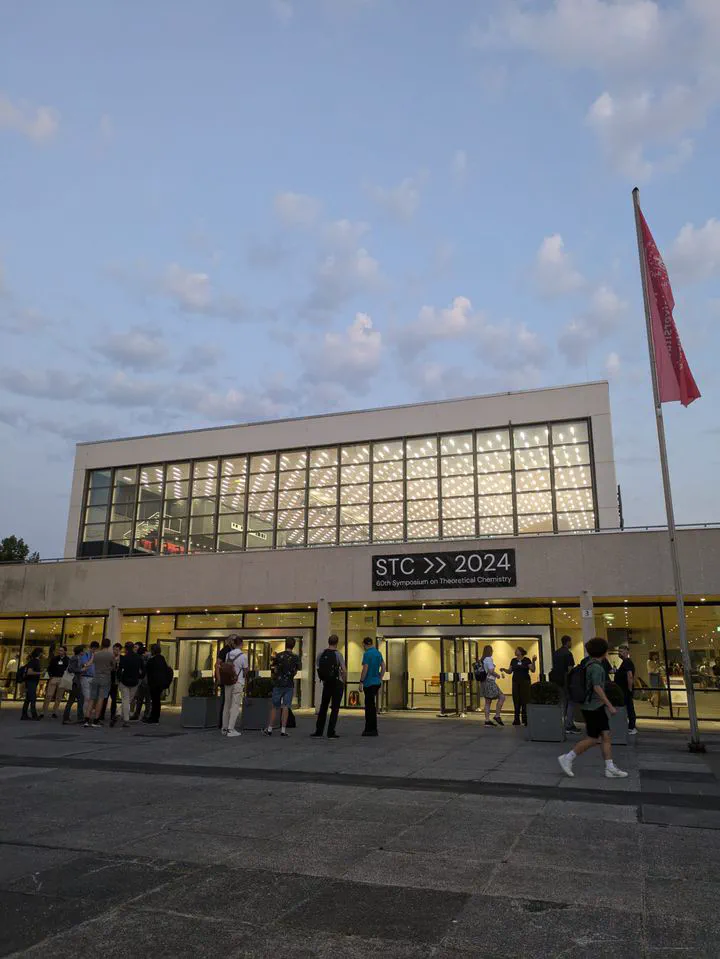Finding Molecular Minima and Transition States with Reverse Diffusion
Sep 3, 2024· ·
0 min read
·
0 min read
Stefan Gugler
 Image credit: Stefan Gugler
Image credit: Stefan GuglerAbstract
Molecular relaxation and transition state finding are essential components of computational chemistry to understand reactivity. Focussing on the former, neural network force field models require large labeled datasets encompassing both equilibrium and non-equilibrium structures. As a remedy, we propose MoreRed [1], molecular relaxation by reverse diffusion where non-equilibrium structures are treated as “noisy” instances of their corresponding equilibrium states. We extend this framework to also denoise structures to generate transition states. Notably, MoreRed learns a simpler pseudo potential energy surface instead of the complex physical potential energy surface, thereby requiring much less and unlabelled data. We compare MoreRed to classical force fields, equivariant neural network force fields trained on a large dataset of equilibrium and non-equilibrium data, as well as a semi-empirical tight-binding model. Lastly we show the potential for elucidating chemical reaction networks by chaining a relaxation and a transition state model.
Date
Sep 3, 2024
Event
Location
Braunschweig